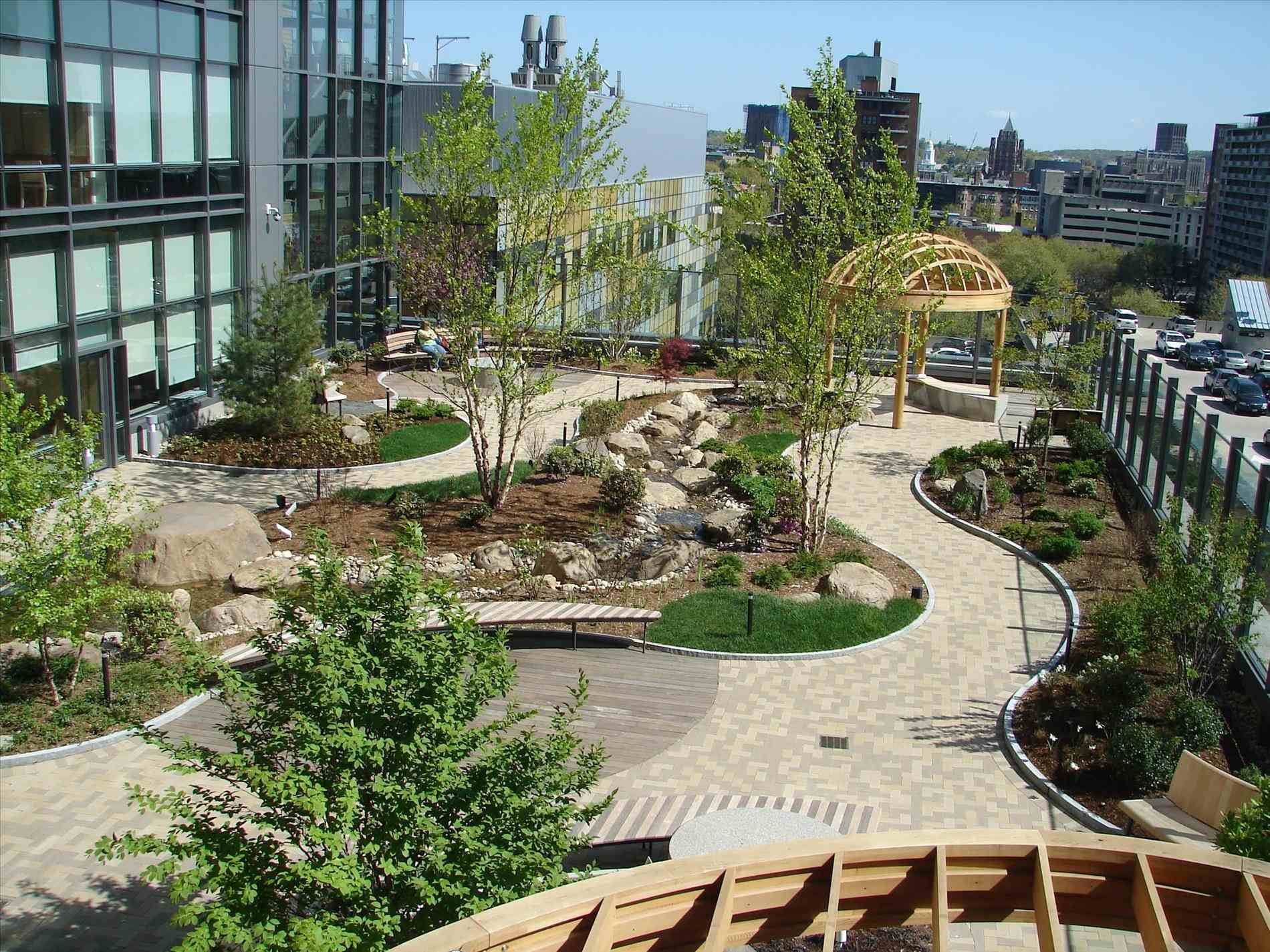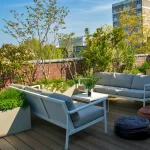Roof garden design is becoming increasingly popular as urban spaces become more dense and green spaces become scarce. Creating a rooftop garden can provide numerous benefits, including improved air quality, insulation from extreme temperatures, and a beautiful outdoor space for relaxation and entertainment.
When designing a roof garden, it’s important to consider the structural integrity of the building and the weight-bearing capacity of the roof. Consulting with a structural engineer is essential to ensure that the roof can support the weight of plants, soil, and any additional features such as seating or pathways. It’s also important to consider drainage and irrigation systems to prevent water damage and ensure that plants receive adequate moisture.
Choosing the right plants for a roof garden is crucial for its success. It’s important to select plants that are able to withstand the harsh conditions of being exposed to sunlight, wind, and temperature fluctuations. Drought-tolerant plants are typically a good choice for roof gardens, as they require less water and are better able to survive in arid conditions. Succulents, ornamental grasses, and native plants are popular choices for rooftop gardens.
Incorporating seating areas, pathways, and lighting can help to create a functional and inviting outdoor space on a rooftop. Seating can provide a place for relaxation and socializing, while pathways can help to define the space and create a sense of flow. Lighting is important for extending the usability of the rooftop garden into the evening hours, and can create a warm and inviting atmosphere.
Vertical gardening is a popular trend in roof garden design, as it allows for the maximization of space and the addition of greenery to vertical surfaces. Vertical gardens can be created using trellises, wall-mounted planters, or living walls, which are structures that are covered with plants and can provide insulation and improve air quality. Incorporating vertical elements into a roof garden can help to maximize planting space and create a lush and vibrant outdoor oasis.
Overall, designing a roof garden requires careful planning and consideration of various factors such as structural integrity, plant selection, and functionality. With the right design and maintenance, a rooftop garden can provide numerous benefits and enhance the beauty and sustainability of urban spaces. Whether you’re looking to create a peaceful retreat, a vibrant outdoor entertainment area, or a green oasis in the heart of the city, a roof garden can be a beautiful and rewarding addition to any building.
















